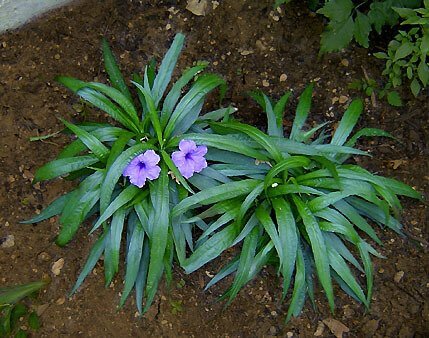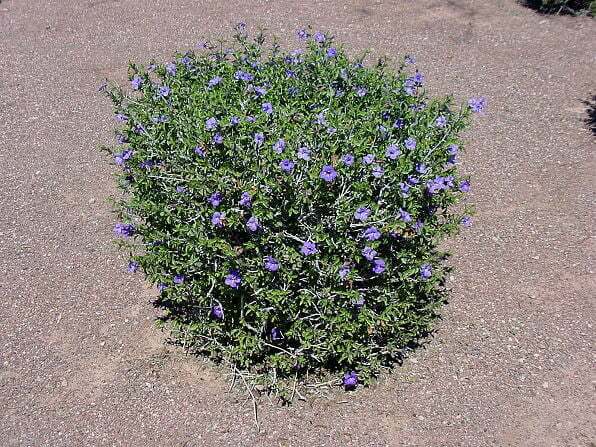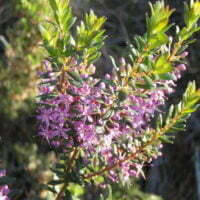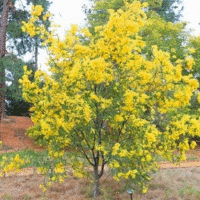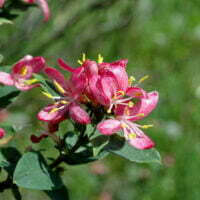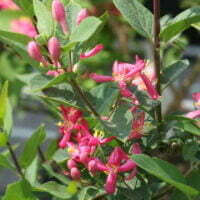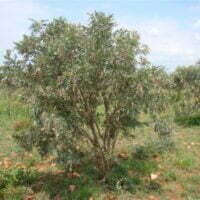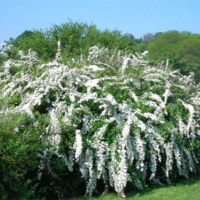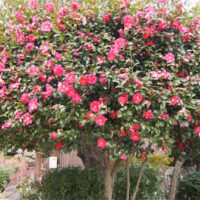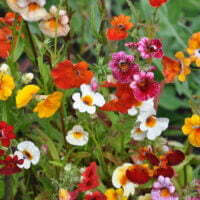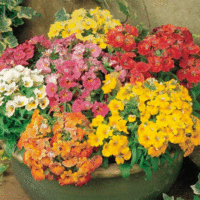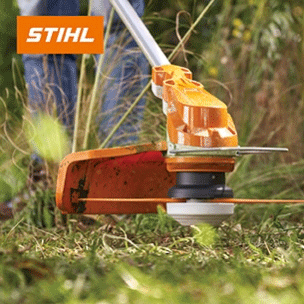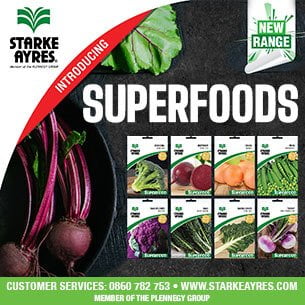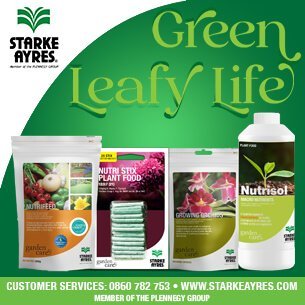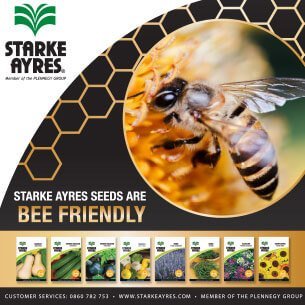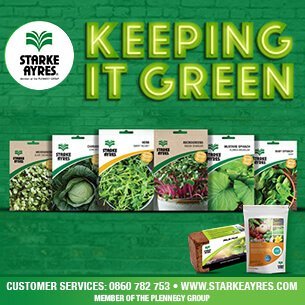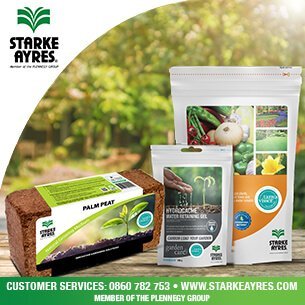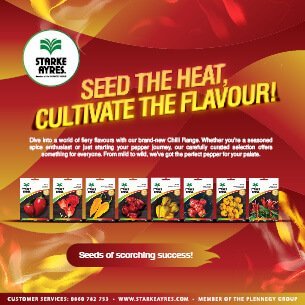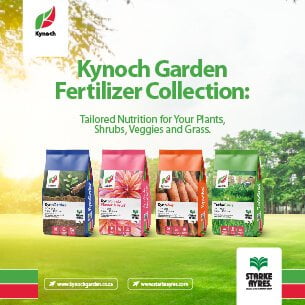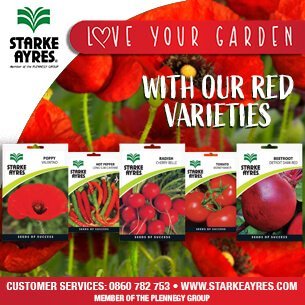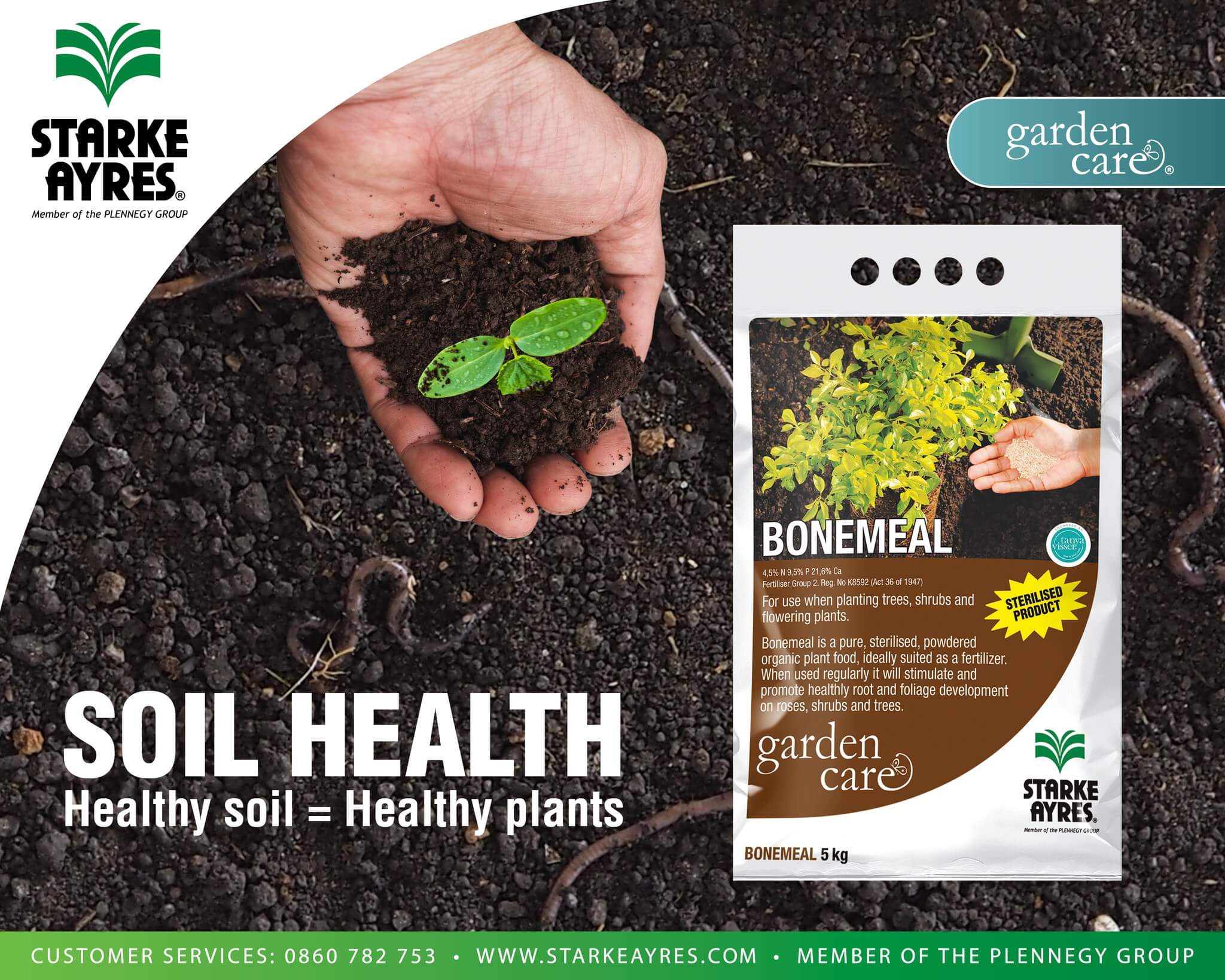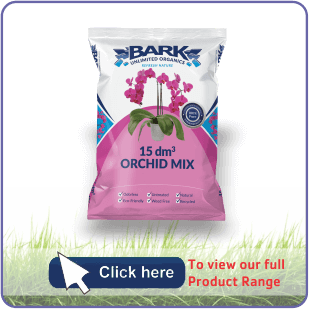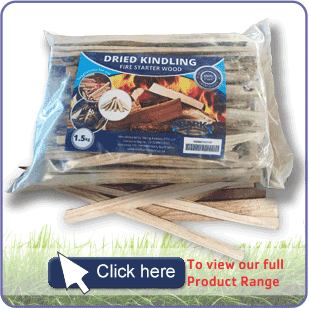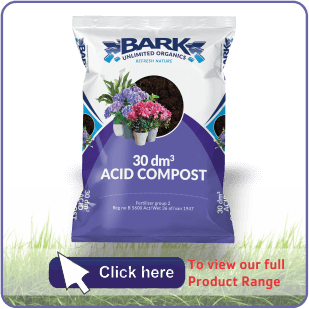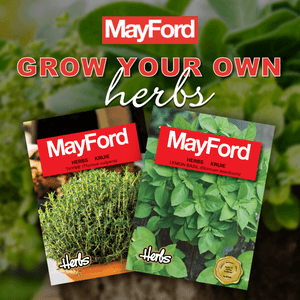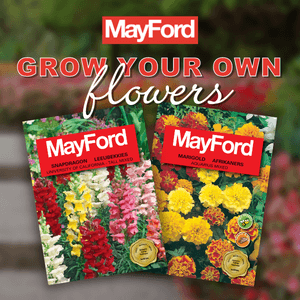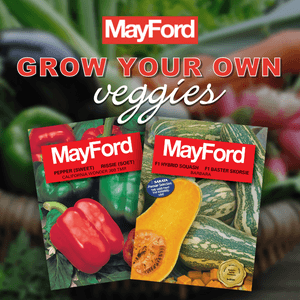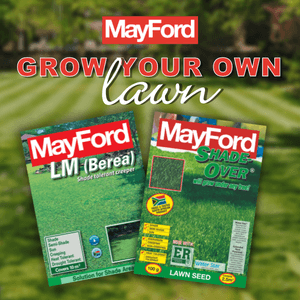| Botanical name | Ruellia brittoniana |
|---|---|
| Plant Care |  Full Sun Full Sun – Prefers 6 or more hours of sun per day. Frost Hardy Frost Hardy – Can Handle frost without damage. |
| Size | |
| Categories | |
| Flowers | January February March April September October November December This shrub bears many tubular, blue or purple, petunia-like flowers from mid-spring until frost. |
| Common name(s) | Common ruellia |
| Origin | |
| Foliage | The foliage is linear, lance-shaped and dark green with prominent purple venation. |
| Uses in landscape design | Use in landscape design as borders, containers and at watersides. |
| Drought tolerance | High |
| Soil conditions | This plant needs fertile, moist, well-drained soil. |
| Wildlife attractions | butterflies |
| Growth habit | This plant has an upright growth habit. |
Ruellia brittoniana (Common ruellia)
- Botanical name: Ruellia brittoniana
- Common name(s): Common ruellia
- Categories: Shrubs and Perennials
Plant description:
This evergreen shrub bears many tubular, blue or purple, petunia-like flowers from mid-spring until frost. Varieties with white, pink, and many shades of blue are available, as are dwarf versions. Drought tolerant and used in borders, containers and at watersides. The foliage is linear, lance-shaped and dark green with prominent purple venation. This plant attracts butterflies.
Family: Acanthaceae
Botanical Pronunciation: roo-EL-lee-a brit-tone-ee-AY-nah
Ruellia brittoniana requirements and features
info on these icons
Moderate Maintenance
Requires moderate maintenance.
Prohibited Use Notice: No Data Scraping Allowed Except for Search Engine Indexing:
The content provided on PlantInfo.co.za is intended for personal, non-commercial use only. Unauthorized extraction, reproduction, or use of the data, including scraping, for any purpose other than search engine indexing is strictly prohibited. Violations of these terms may result in legal action. By accessing and using this website, you agree to comply with these conditions and acknowledge the legal restrictions on the use of our content.
January February March April September October November December
This shrub bears many tubular, blue or purple, petunia-like flowers from mid-spring until frost.
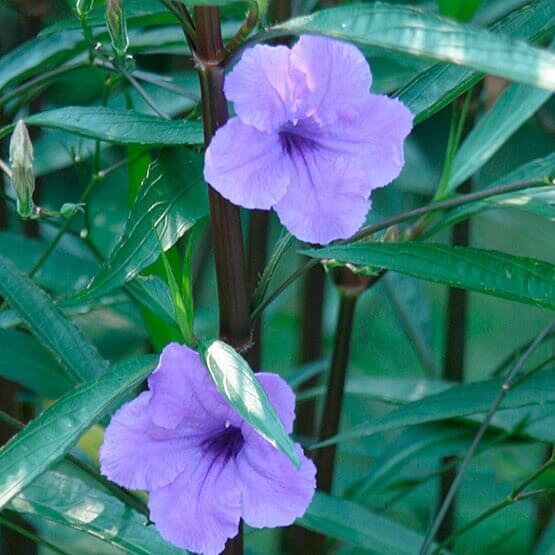
The foliage is linear, lance-shaped and dark green with prominent purple venation.
